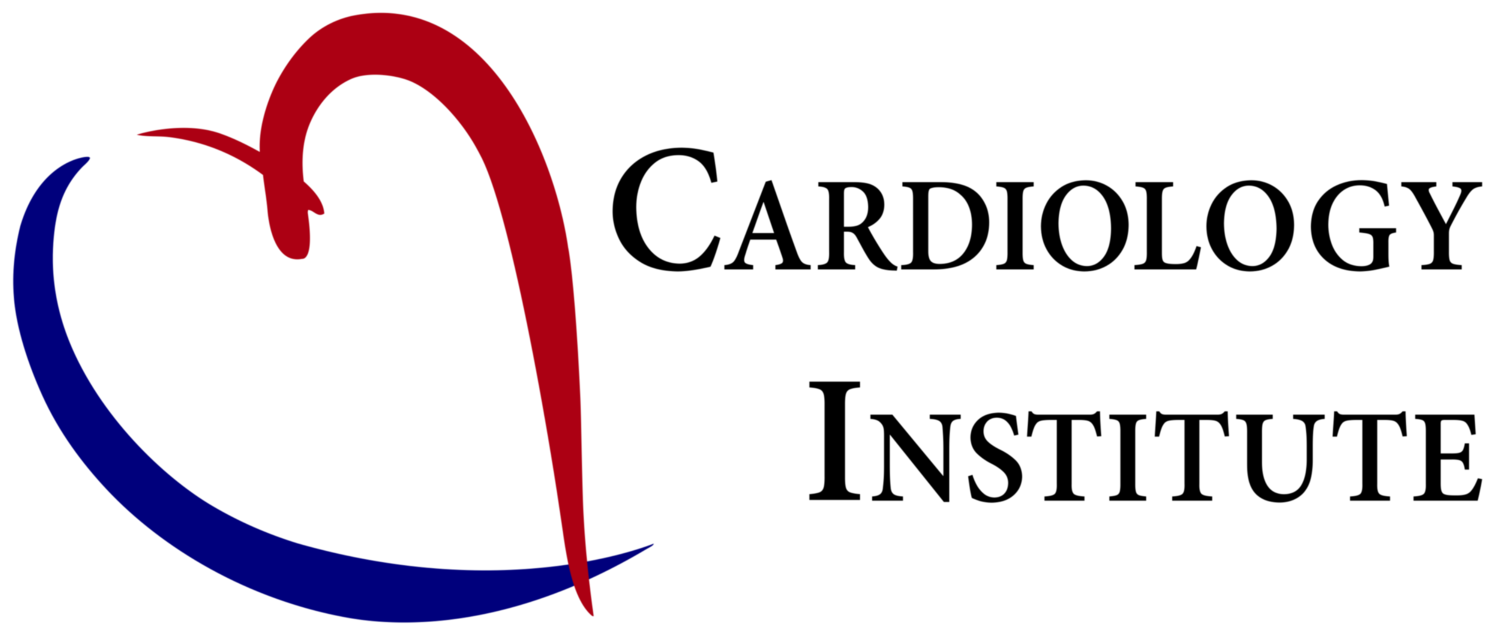CT coronary angiography
CT coronary angiography has now been routinely performed, at least in the Waitemata area since 2011, where we were the first to implement CTCA in the workup of acute chest pain in New Zealand.
There has been significant improvement in image quality and radiation dose reduction. Depending on body habitus, most scans with prospective ECG gating can be done with 1mSv (background radiation = 3mSv/year).
CTCA provides anatomical information on coronary artery stenosis, similar to invasive angiography.
This is different to to routine functional testing such as exercise treadmill ECG (ETT), exercise stress echocardiogram (ESE), nuclear stress test or even adenosine stress MRI.
Compared to invasive angiography,
CTCA has a high negative predictive value. i.e. normal CTCA with good image quality means that the patient does not have coronary artery disease. This can be said with a high degree of confidence.
However, CTCA has moderate positive predictive value. When plaques are seen, we may not be able to quantify the exact severity. This depends entirely on image quality.
CTCA has changed how we should deploy the various tests for troponin-negative chest pain.
- Suitable patients may proceed directly to CTCA rather than exercise treadmill testing to rule out coronary artery stenosis.
- In others, CTCA should be used instead of invasive angiography. This minimises risks and complications!
Author:
Dr Andrew To

